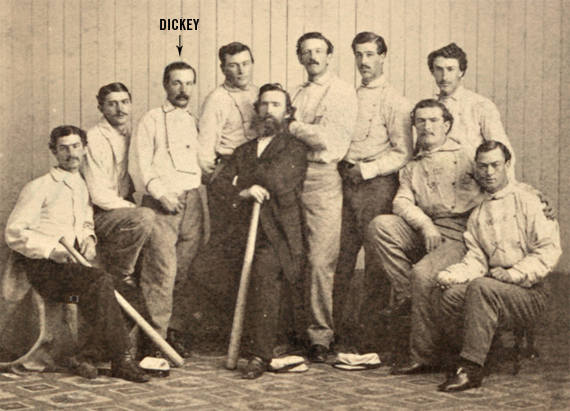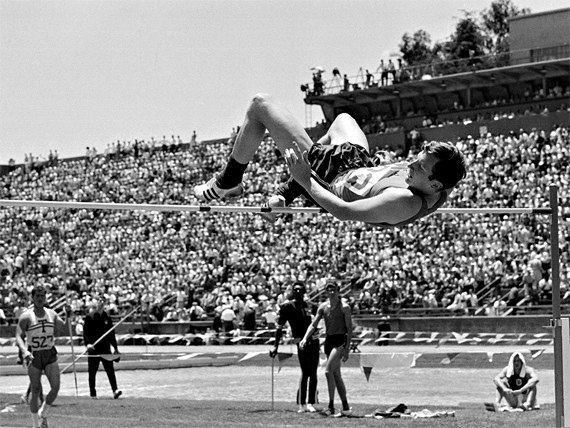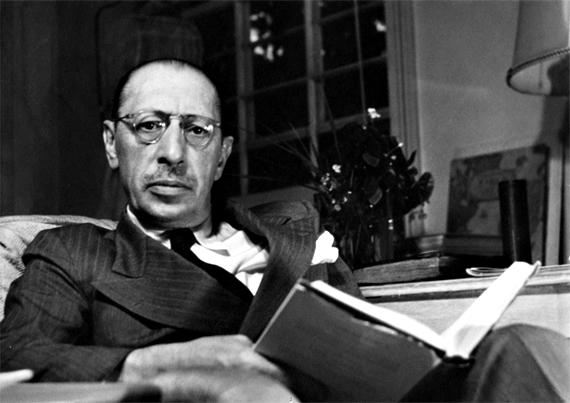![]()
Over the eons, the arc of human history has been bent towards a new future by many things: the invention of the wheel, the signing of the Magna Carta, the Renaissance, the split atom, a modified DeLorean. Many contend that history is shaped slowly, by the ebbs of cultural and socioeconomic change. There’s certainly merit to that. Sometimes, however, the world is changed by a single individual in a single brief moment. They shatter the status quo, remake the trajectory of our future, and land a permanent place in very thick books. In the name of celebrating these iconoclasts, we’ve profiled a few of them here, as well as the moment they made their indelible mark.
This post is brought to you by Saab. At Saab, we believe in independent thinking. It’s in everything we do. Learn more here.

Dickey Pearce began his career with the Brooklyn Atlantics in 1856. And while he didn’t have a shotgun arm or a bazooka swing, he didn’t need either to make his mark on the game of Baseball. One day, he stepped up to the plate and decided to simply not swing. Instead he gently drew the bat level, and the pitch clunked off its face and gently rolled down the foul line, leaving nearby field players unable to quickly get to it. Dickey made it to first base and brought home a teammate, and lo, the “bunt” was born.

On a bright afternoon in the summer of 1968, with thousands watching, a lanky white kid from Oregon named Dick Fosbury turned convention on its head–literally–when he went over the high jump bar backwards. They say necessity is the mother of all invention, and Fosbury’s new technique was no different. When Fosbury was in high school, every high-jumper used the “straddle method,” in which the athlete clears the bar face-down, lifting each leg as he does–a complex and awkward movement. Dick was bad at this. In fact he was so bad at it, he would often fail to clear even the modest qualifying height for his local track meets. And so he began experimenting. A mere 5 years later, with his technique perfected, Dick would win the gold at the 1968 Summer Olympics in Mexico. Forty three years later, the “Fosbury Flop” remains the standard for the sport.

On the 29th of May, 1913, a man named Igor Stravinsky debuted his new classical composition “Rite of Spring” to a packed house of Parisian high society. Withing 15 minutes, the audience was rioting.
How it began remains a mystery, but within moments of the piece starting–a piece which depicts a young maiden literally dancing herself to death–the audience showed signs of agitation. Stravinsky’s dissonant melodies, thrashing rhythms, and general eschewing of all polite classical convention (think Hendrix’s rendition of the Star Spangled Banner) immediately drew boos, catcalls, and shouts from the patrons. Soon fistfights were breaking out in the isles, and the police were called to restore order by the intermission. In those few moments, however, Stravinsky had shattered the icon of classical music–harmonious, dainty, and pleasant–opening the door for composers thereafter to step away from convention and push the bounds of music.

On December 1st, 1955, a woman on a bus in Montgomery Alabama took a stand by refusing to get up. Most people know the story of Rosa Parks. What many don’t know is that her noble act of defiance could have easily been for nothing: she was thrown off the bus and booked at the local police station, and that was that. The following day though, she used the incident to galvanize the African-American community to execute one of the most effective boycotts in US history. The Montgomery Bus Boycott lasted 381 days, and its crippling financial effects eventually forced desegregation. In the meantime, more instances of civil disobedience modeled after Rosa’s act (such as the Woolworth Lunch Counter sit-in) ushered in a new era of racial equality in the US.

You’ve likely never heard of a man named Mohamed Bouazizi, but you’ve certainly heard of what he started. He unfortunately never will know. After being heckled and spit on by an abusive police officer who confiscated his vegetable cart (his only means of income), he walked into Tunisia’s police headquarters, poured gasoline over his head, and lit himself on fire. He died not long after. The reaction to his suicide–seen by many Tunisians as yet another citizen pushed past desperation by the country’s corrupt government–began the Tunisian revolution, which in turn began the Egyptian revolution, which in turn began revolutionary movements in Yemen, Syria, Bahrain, and Libya, some of which continue being fought today. The ousting of tyrants in these countries and the fledgling democracies that have replaced them owe their existence, sadly, to Bouazizi’s tragic end.



